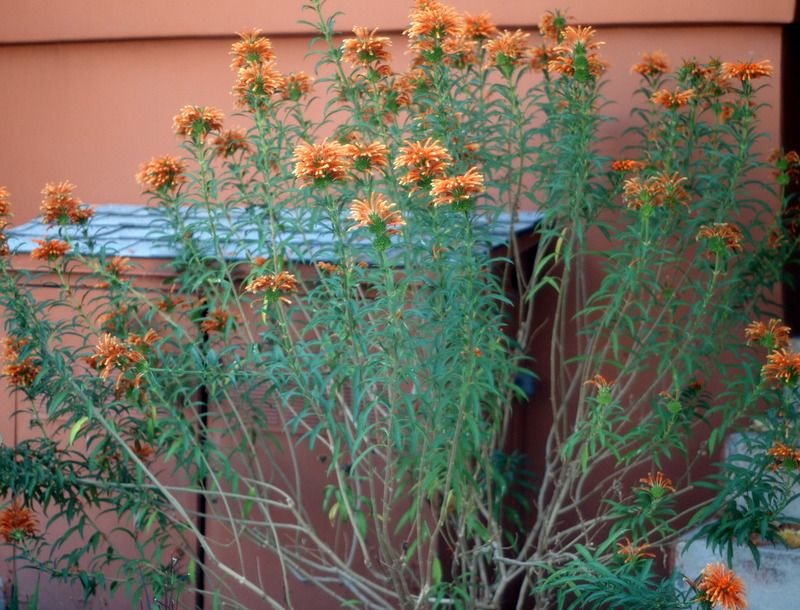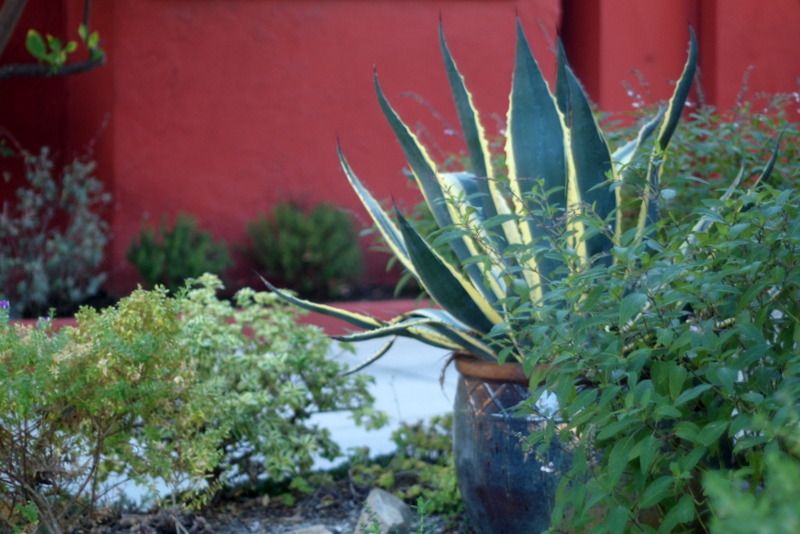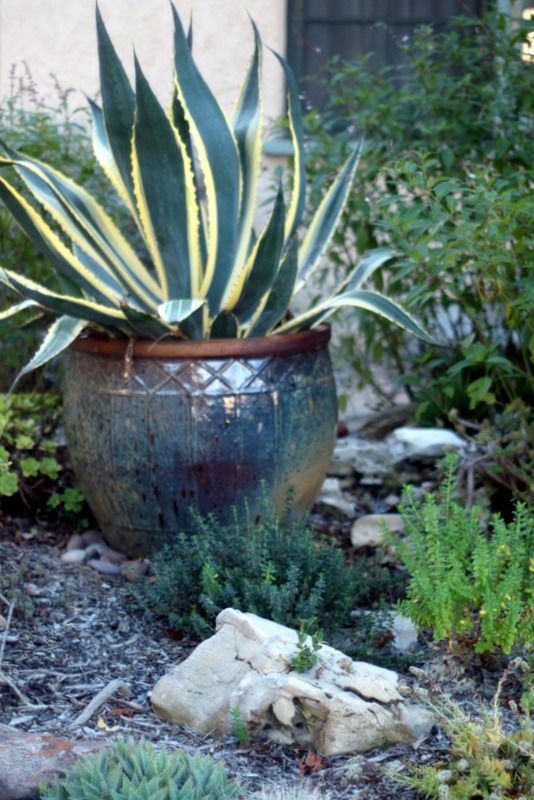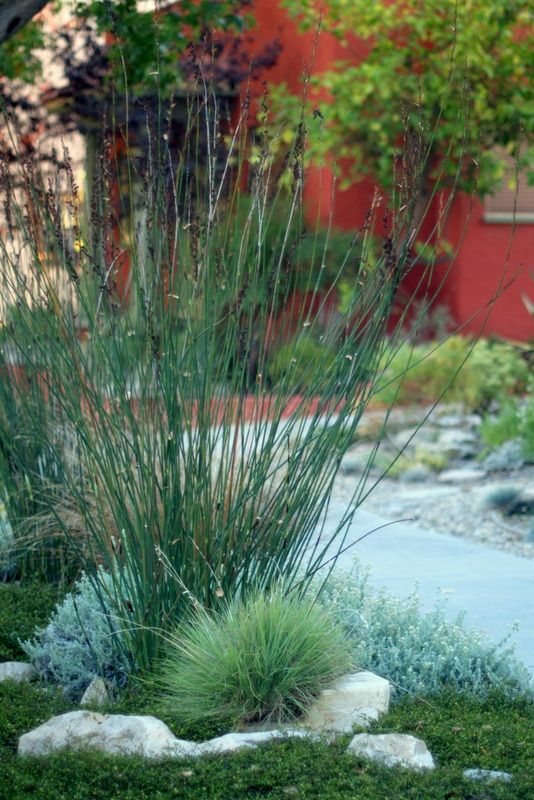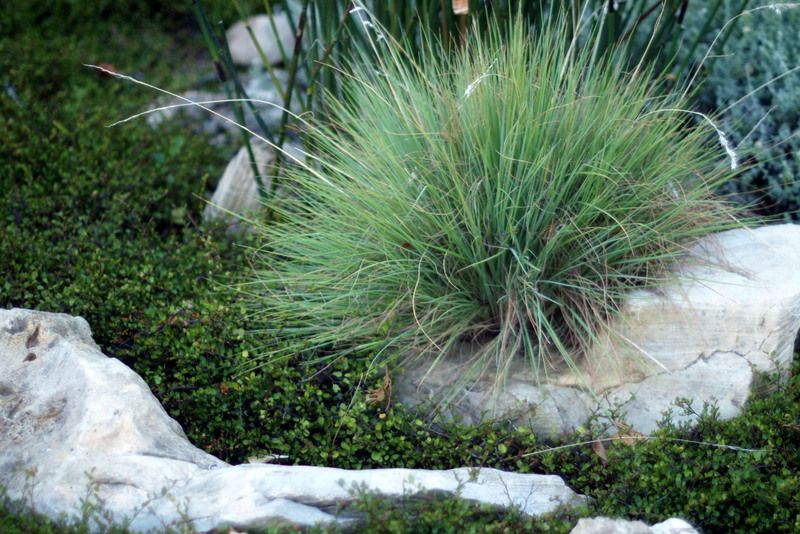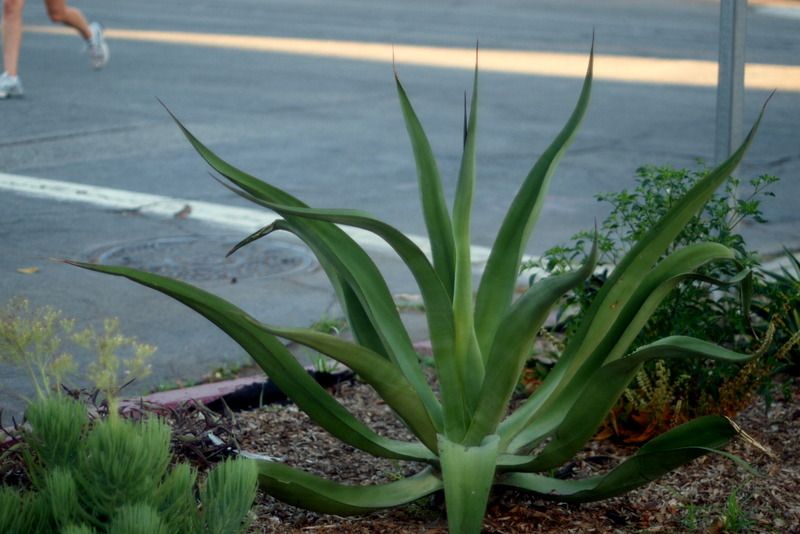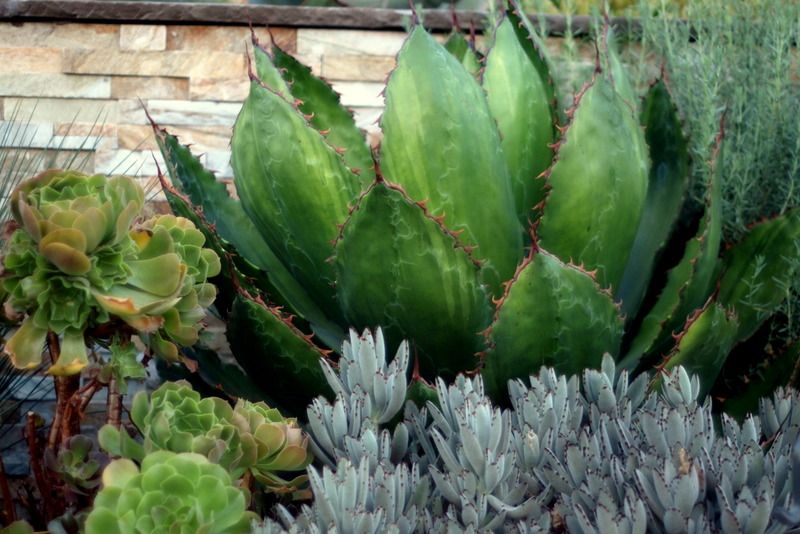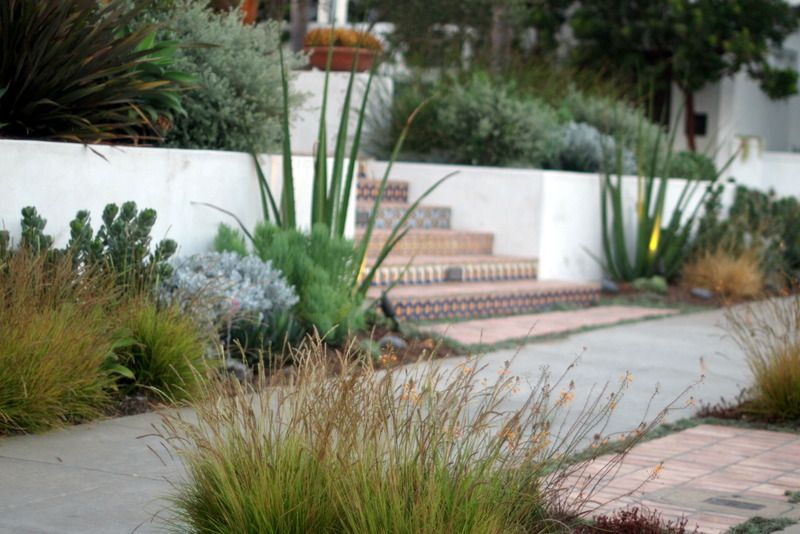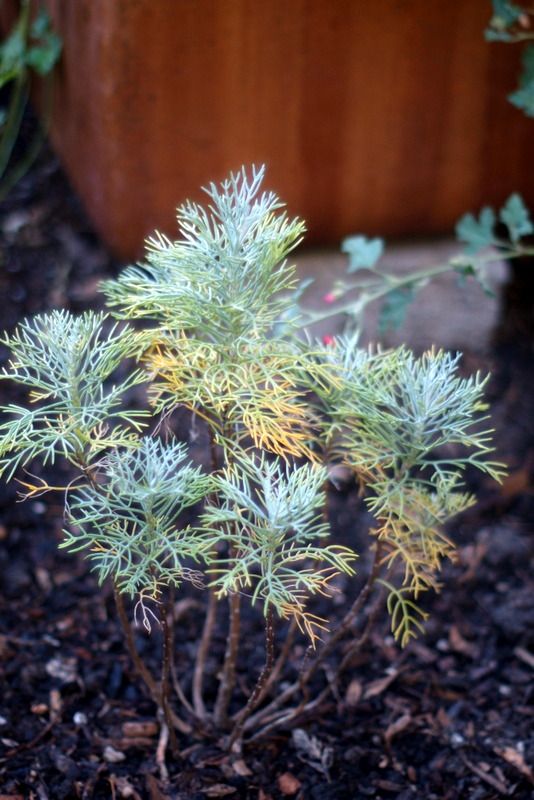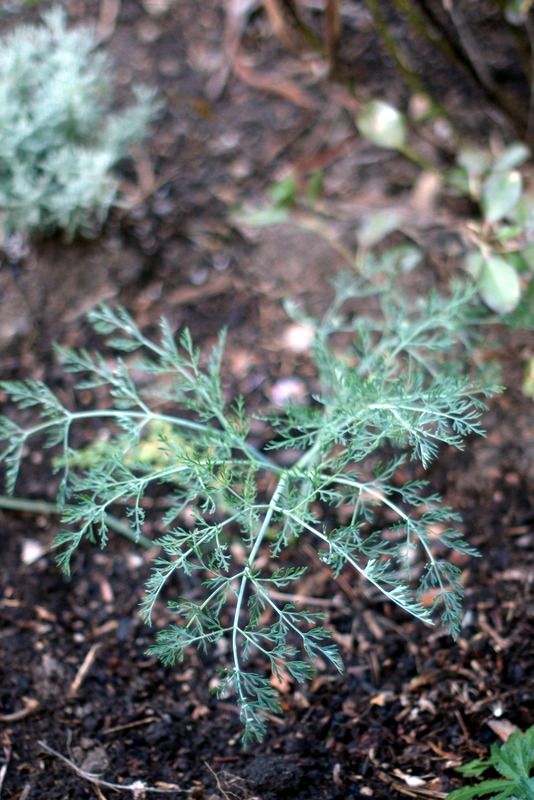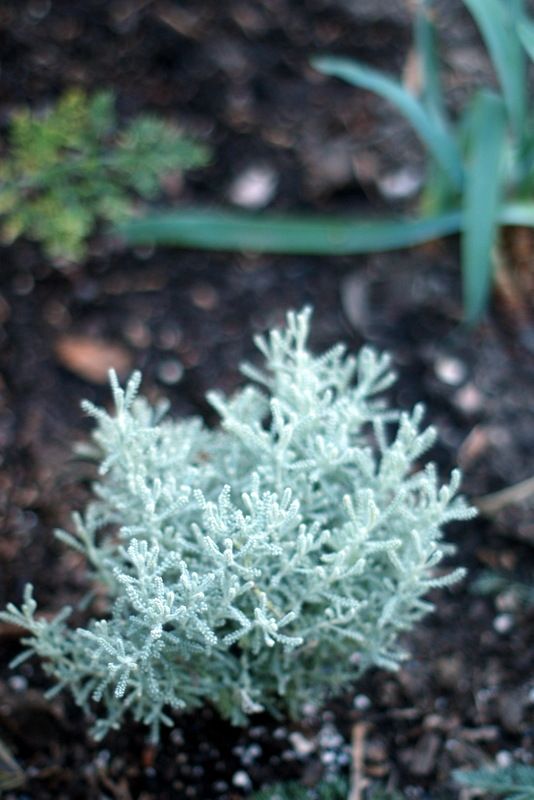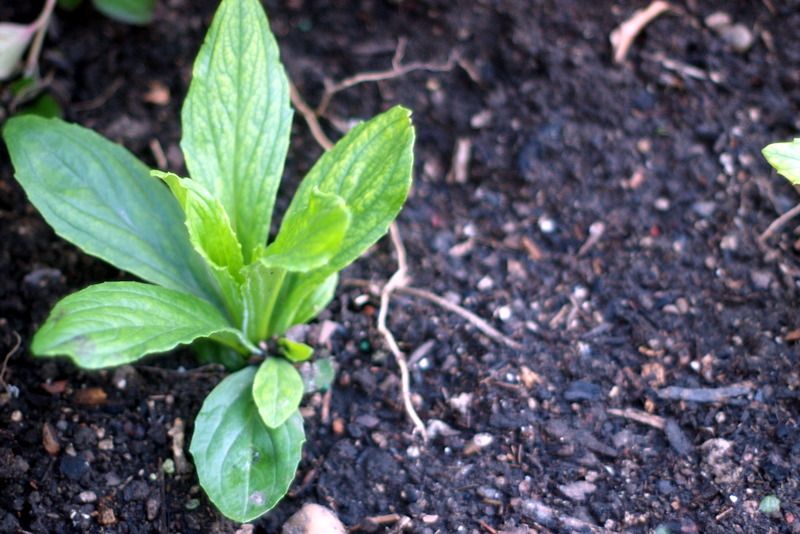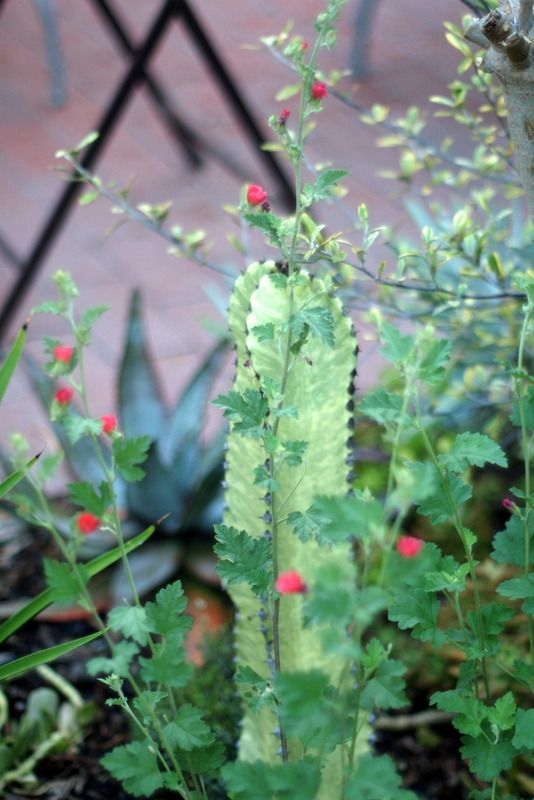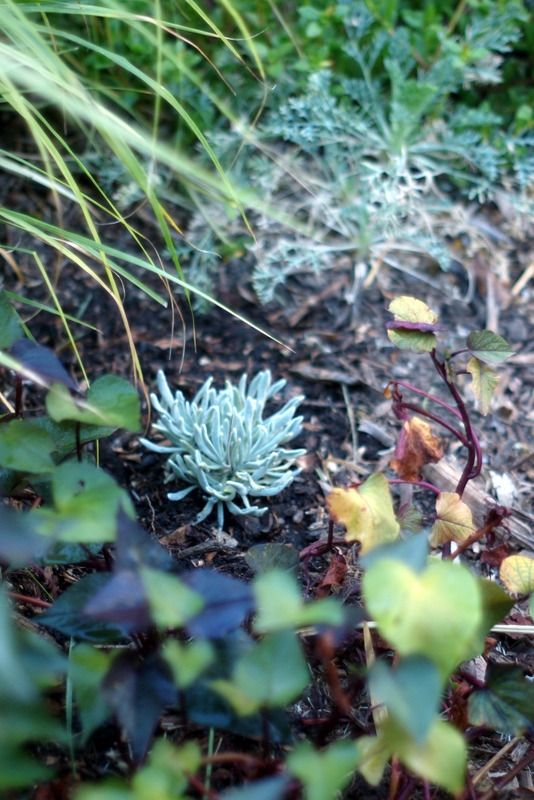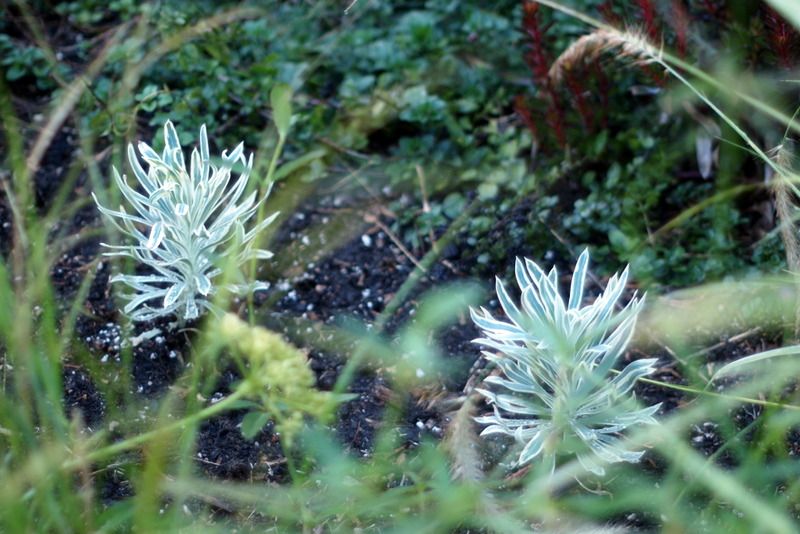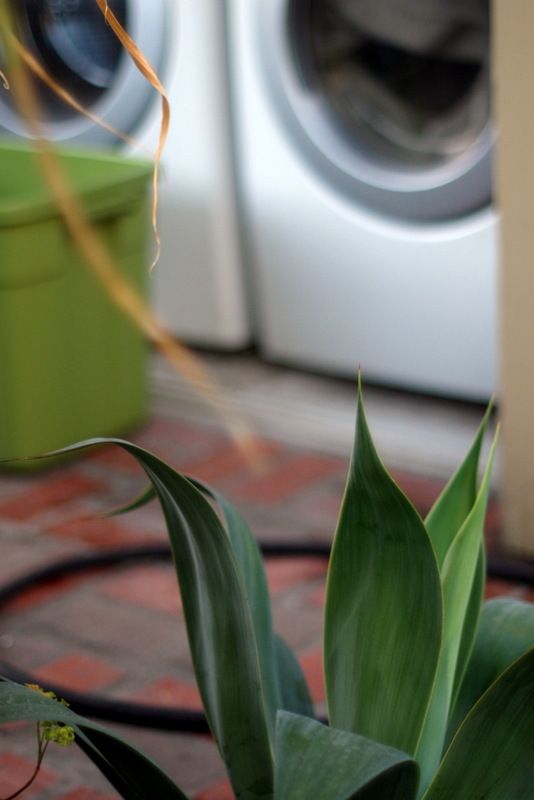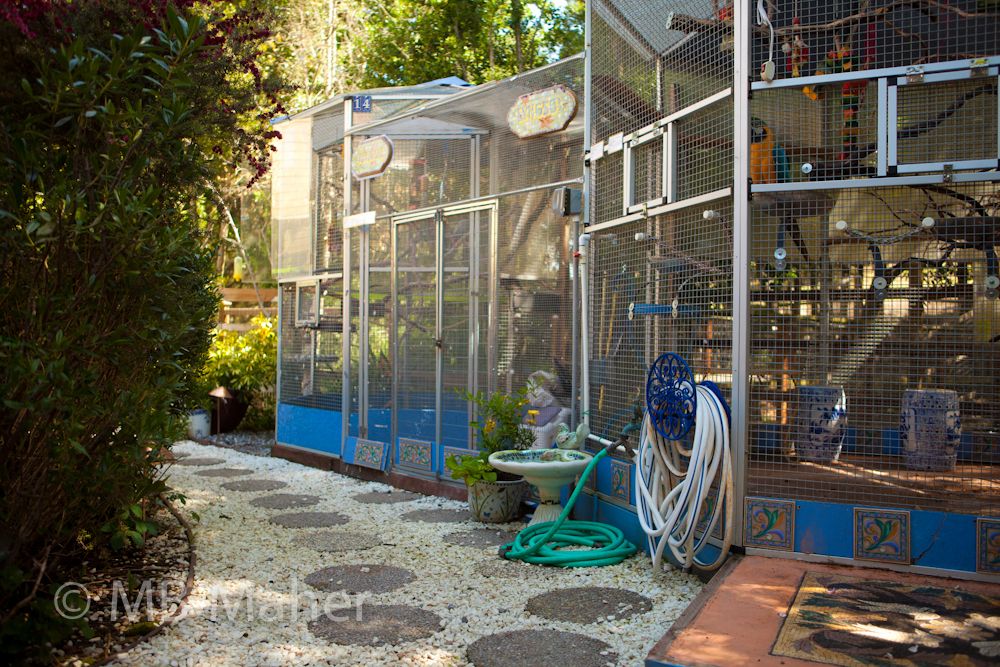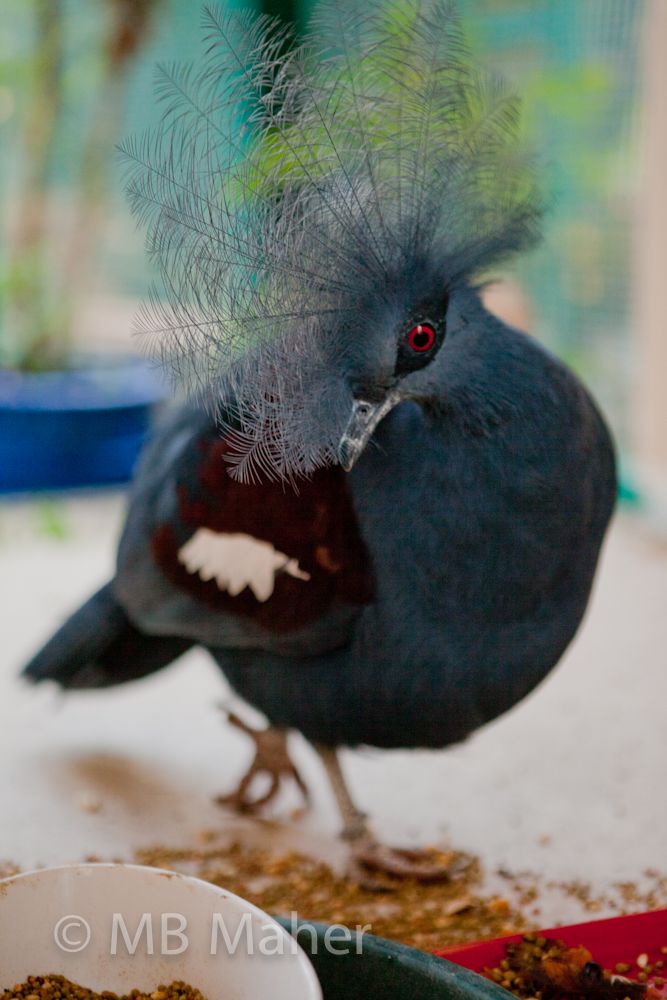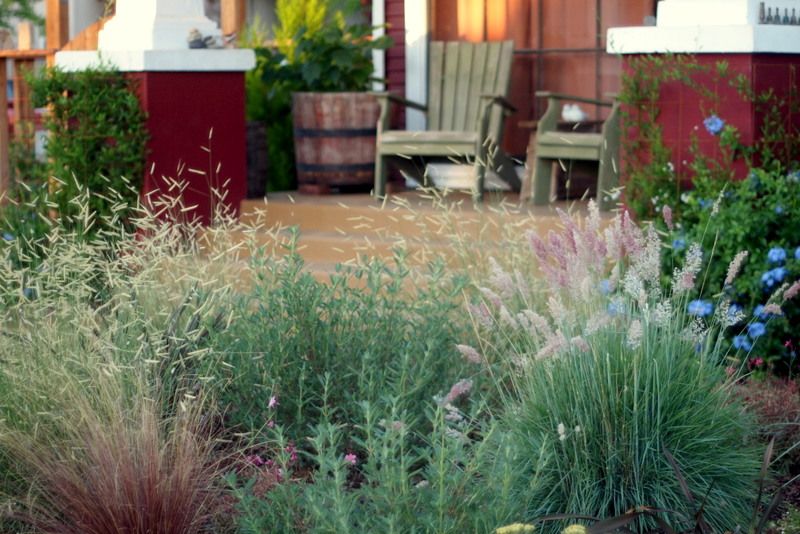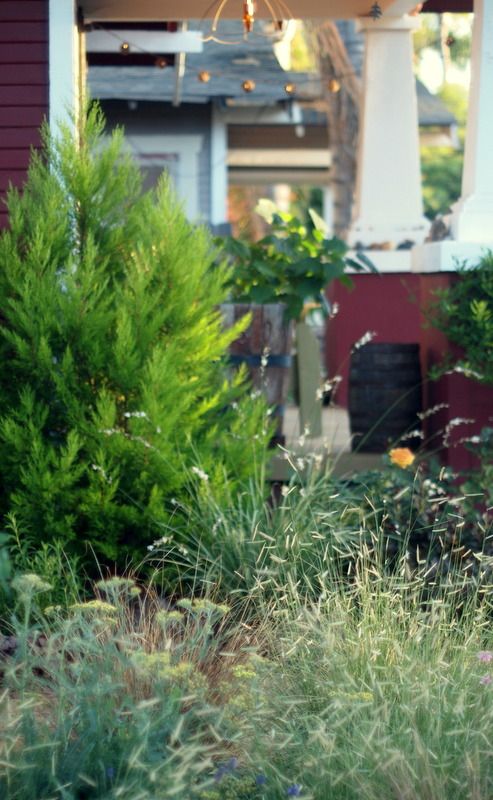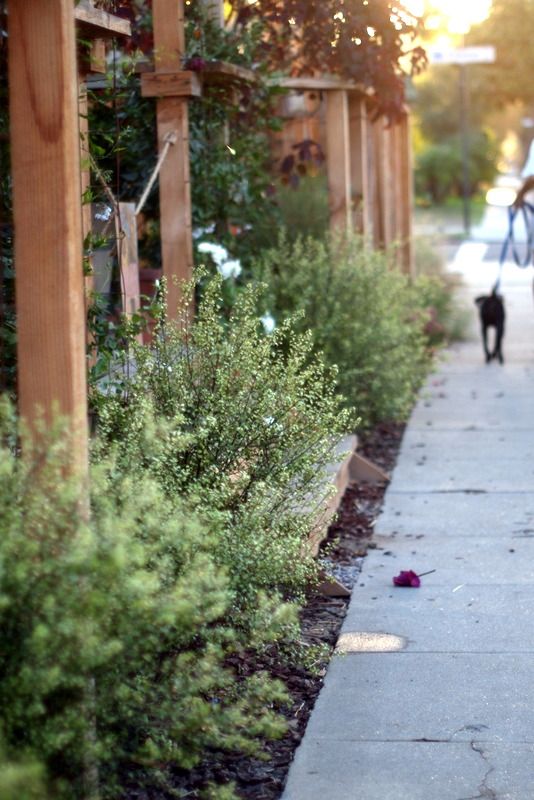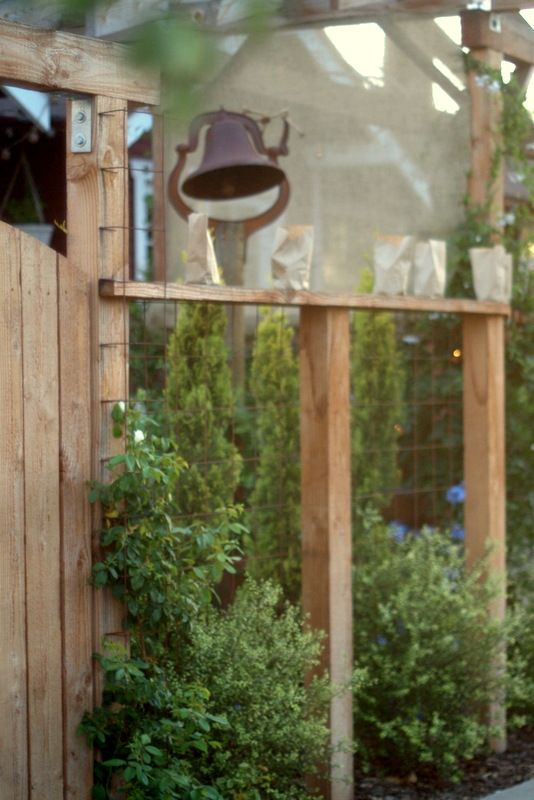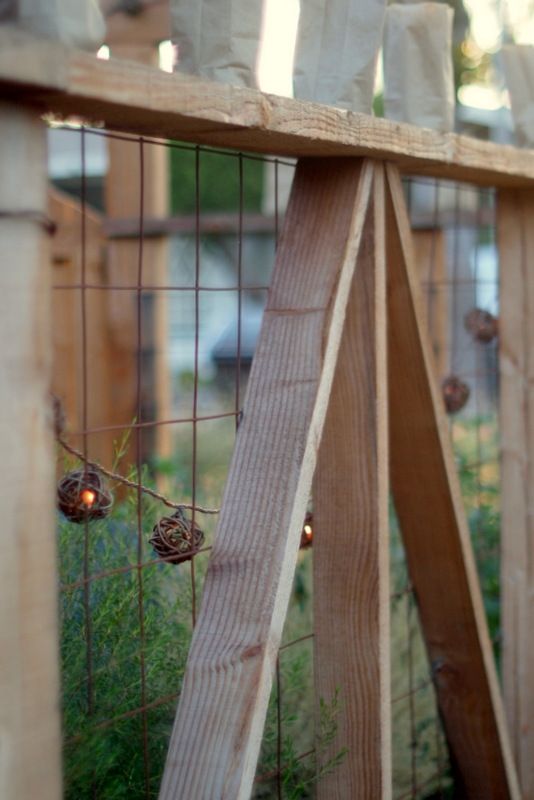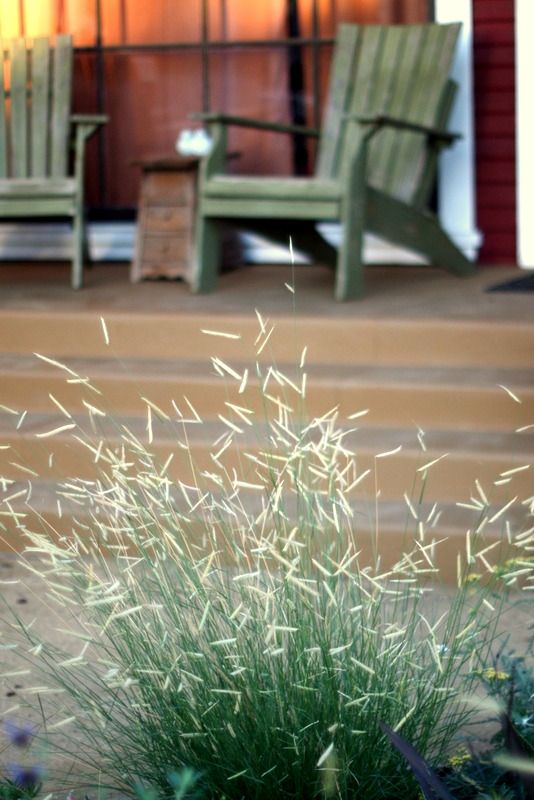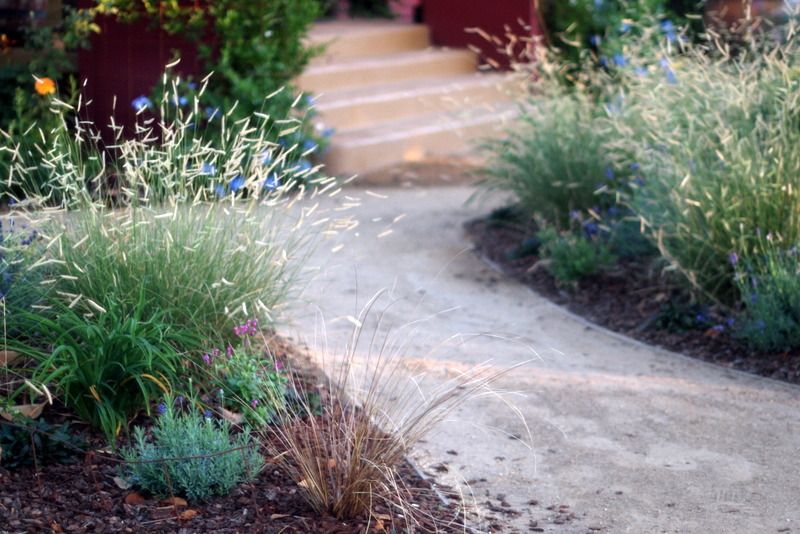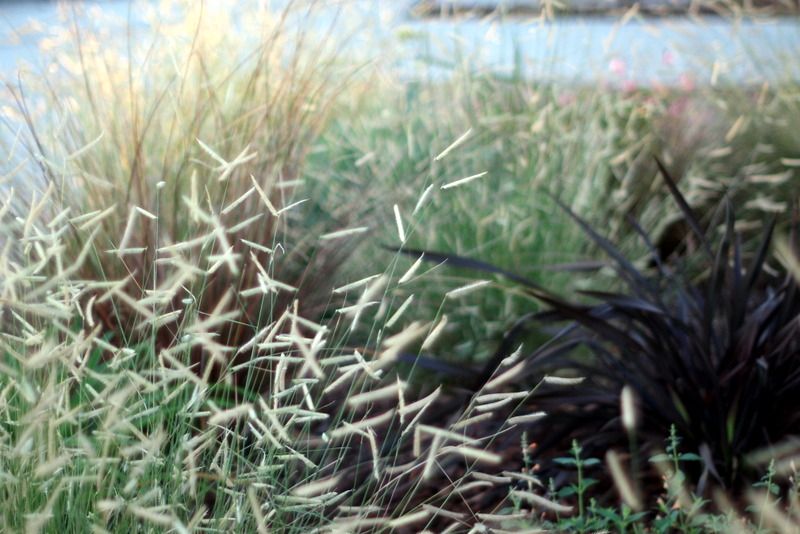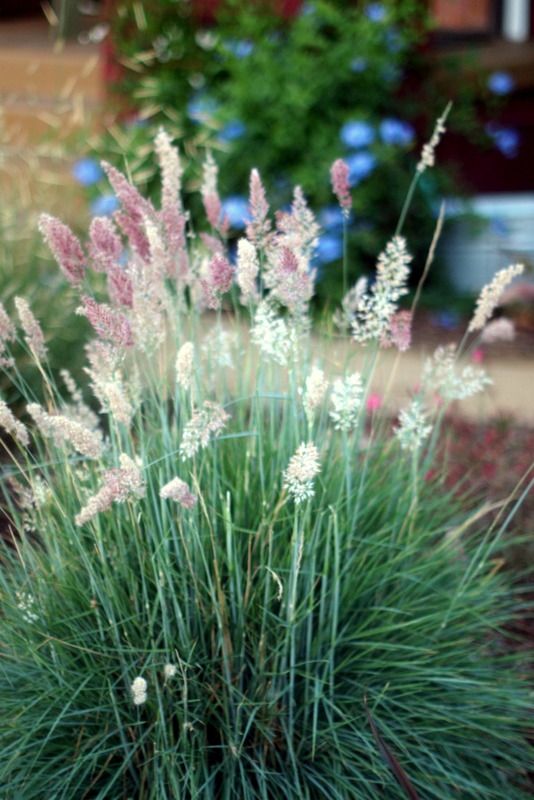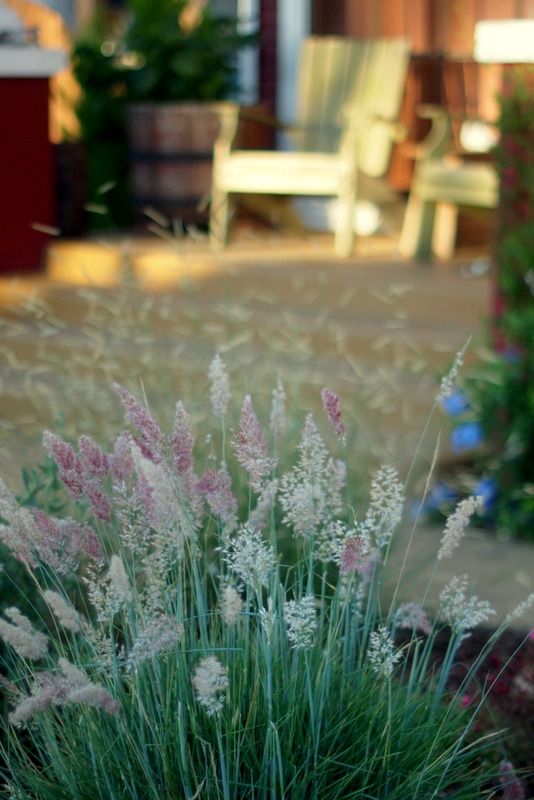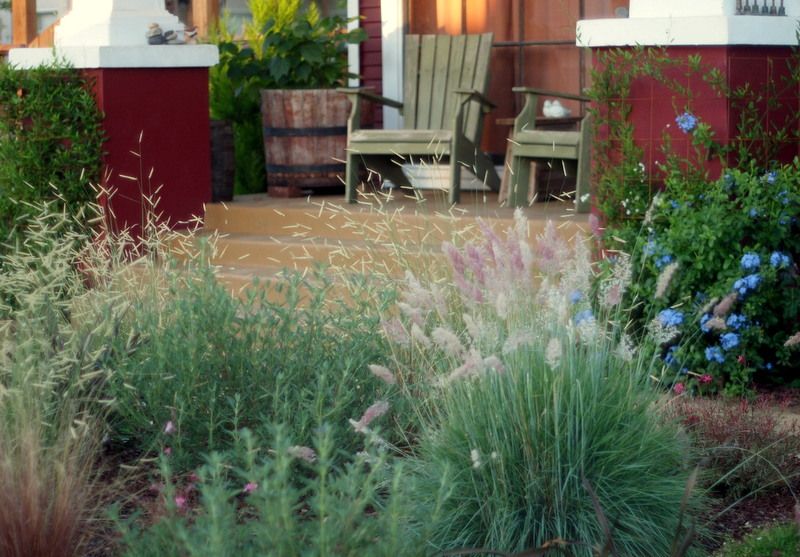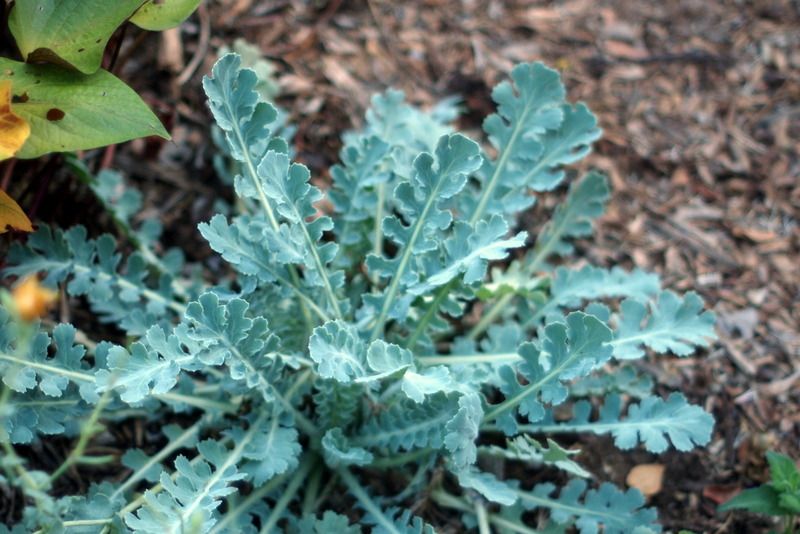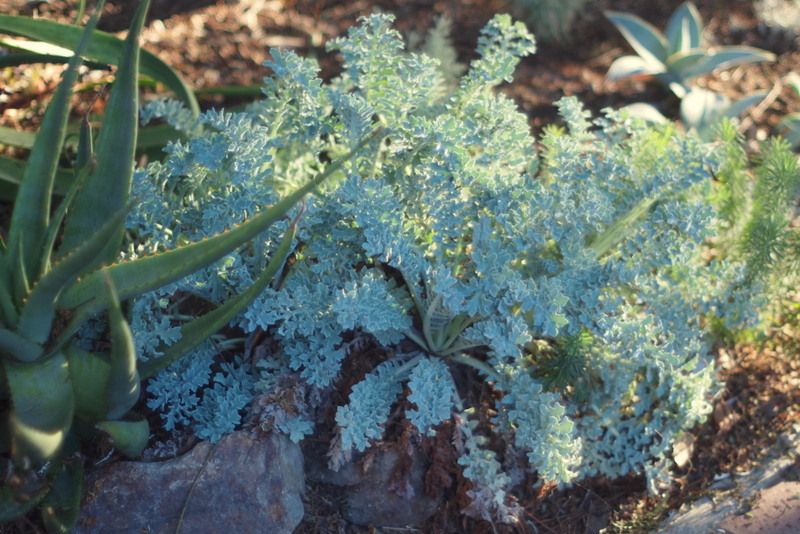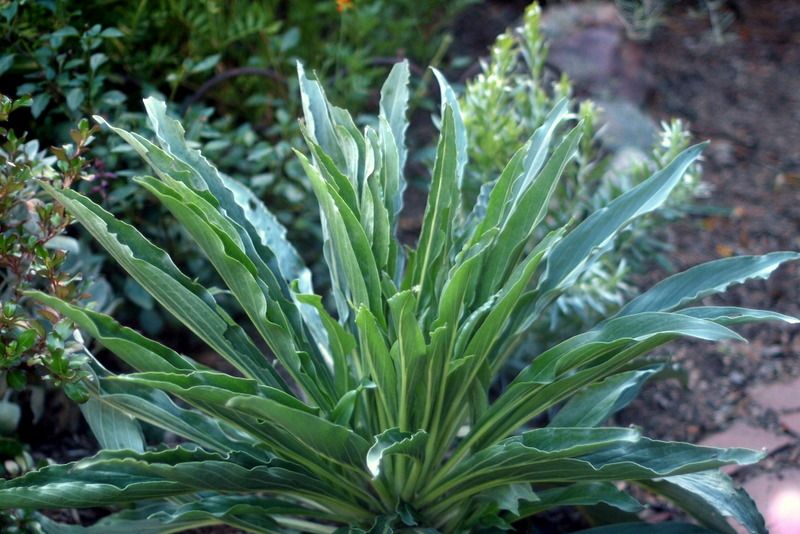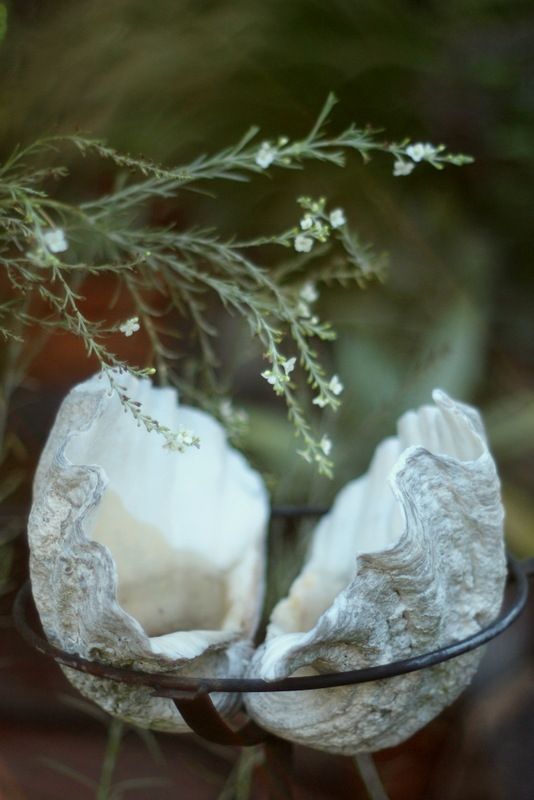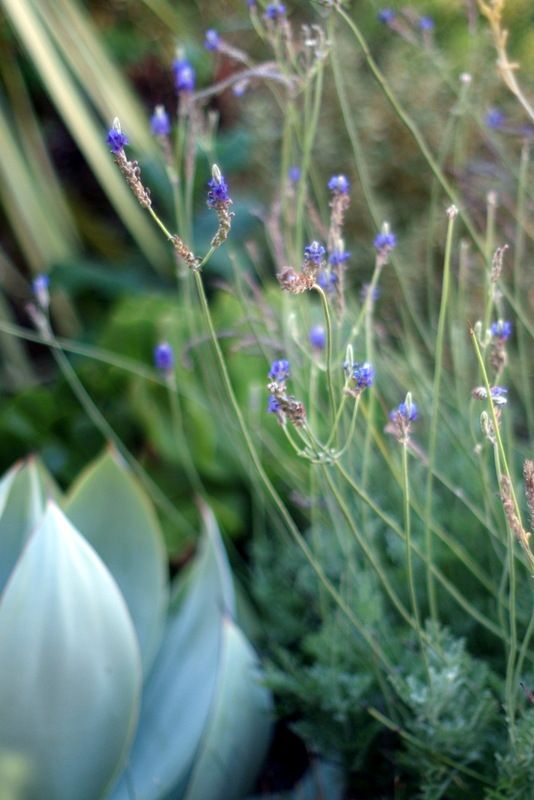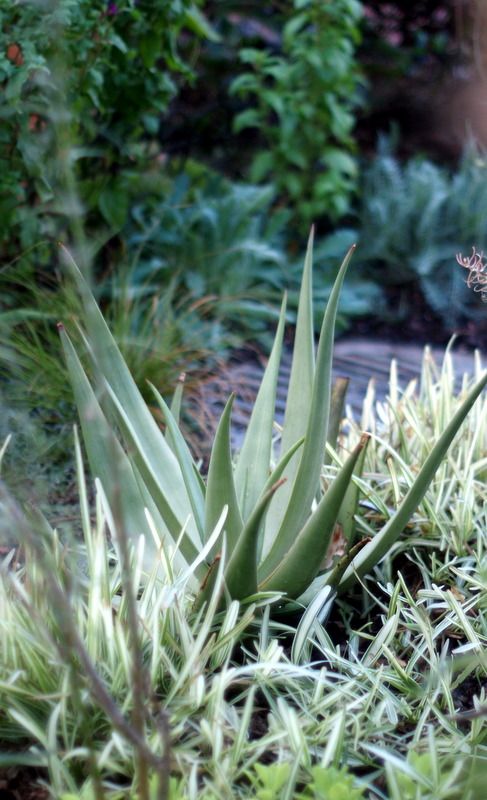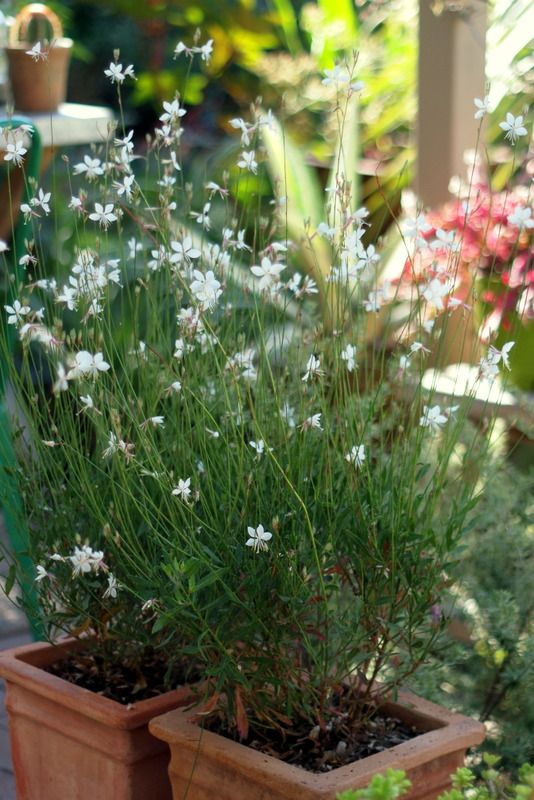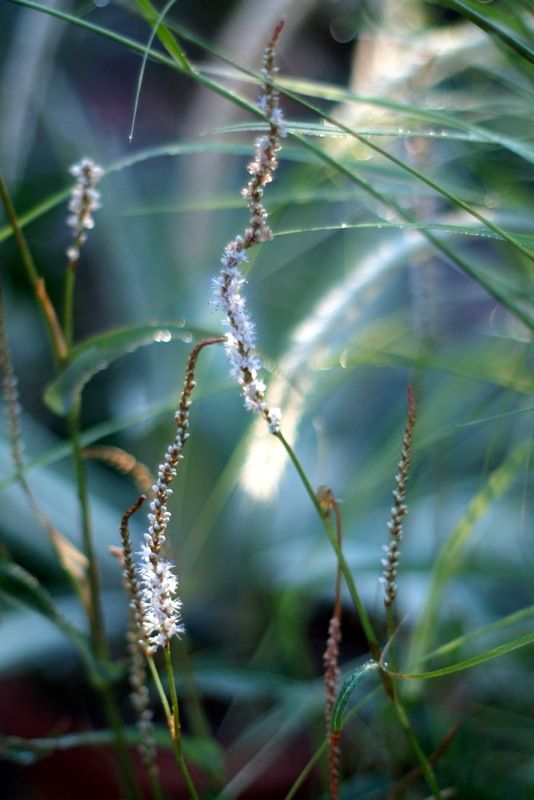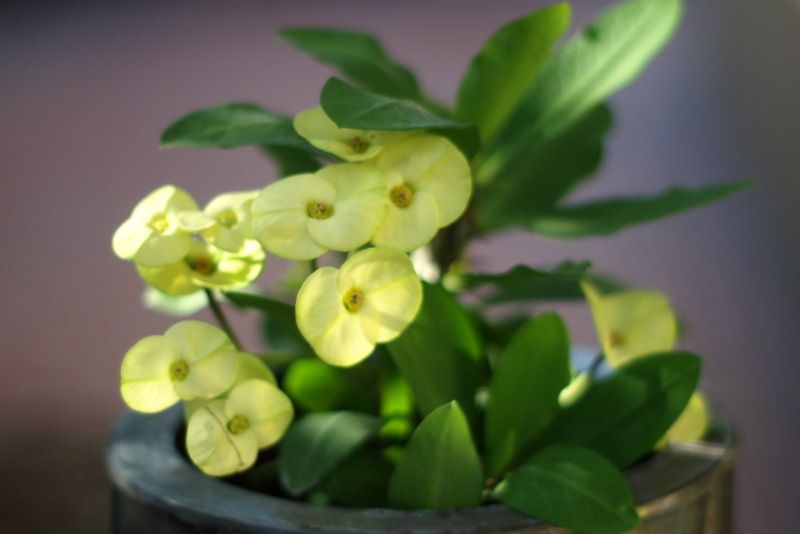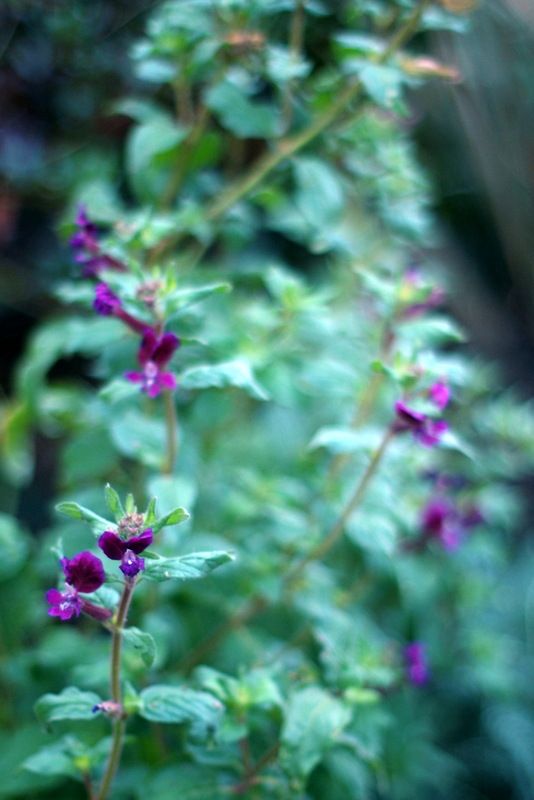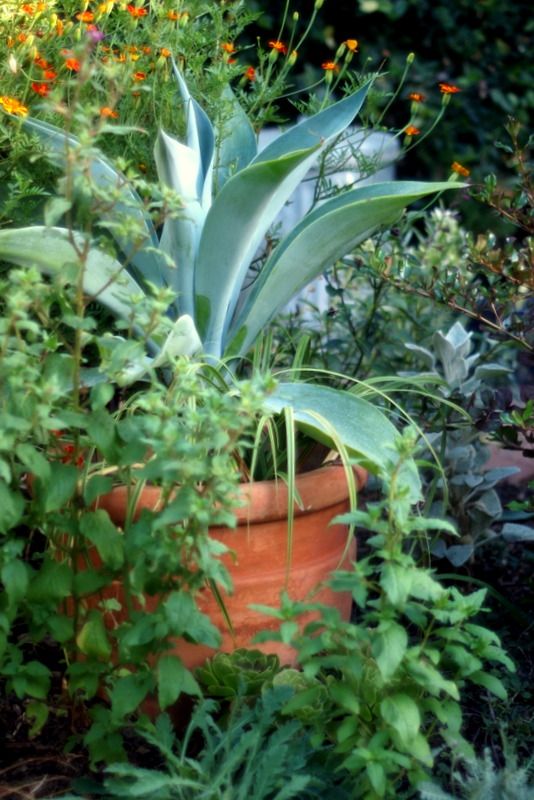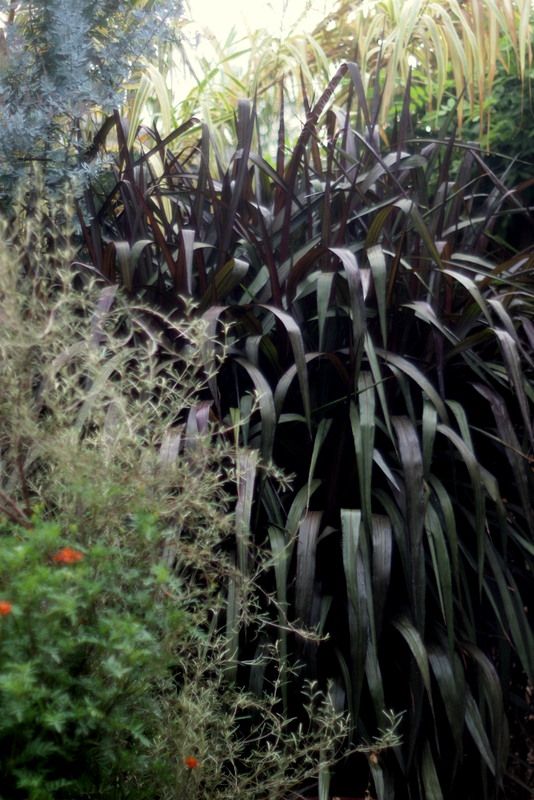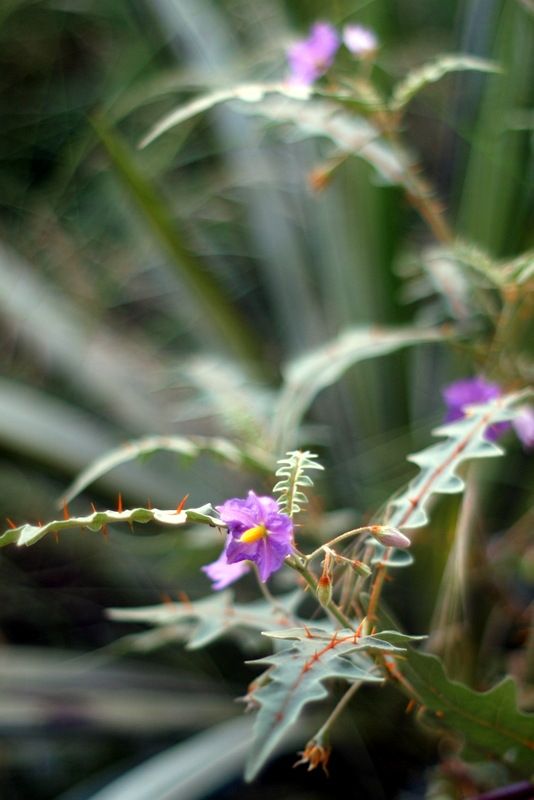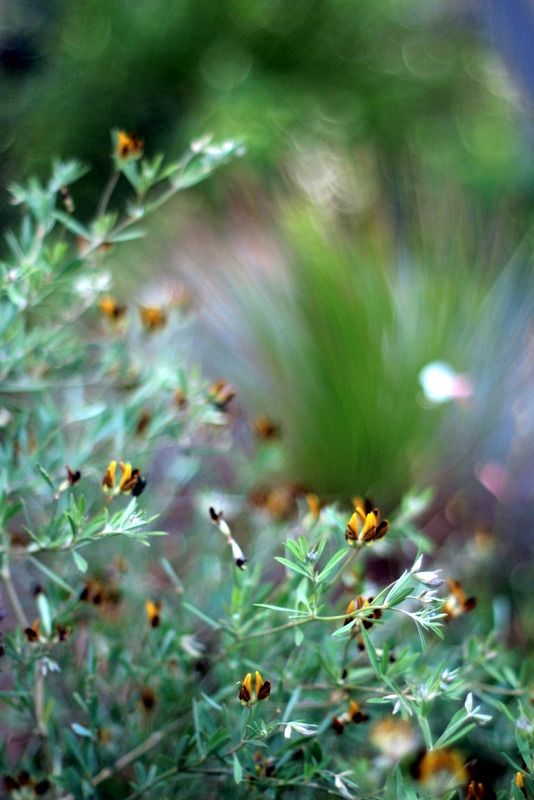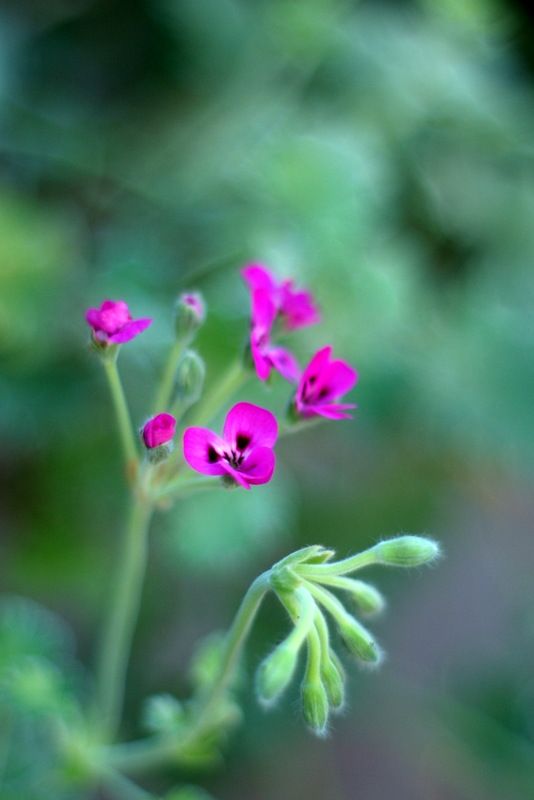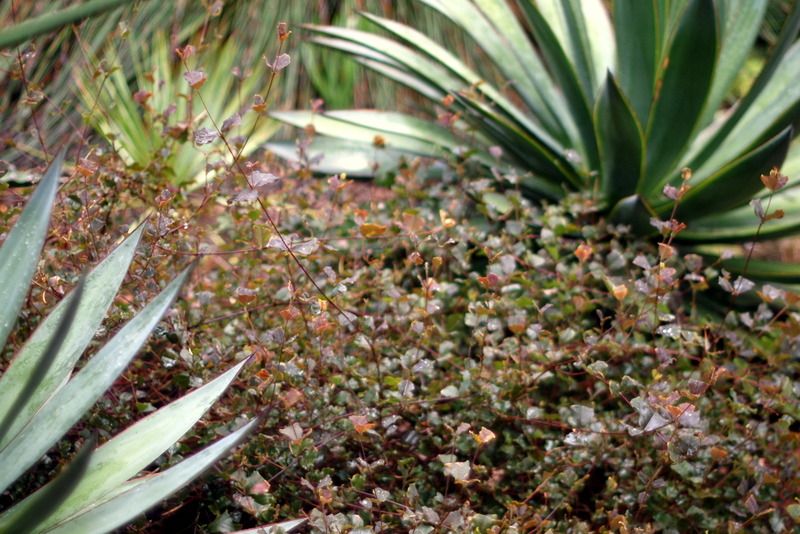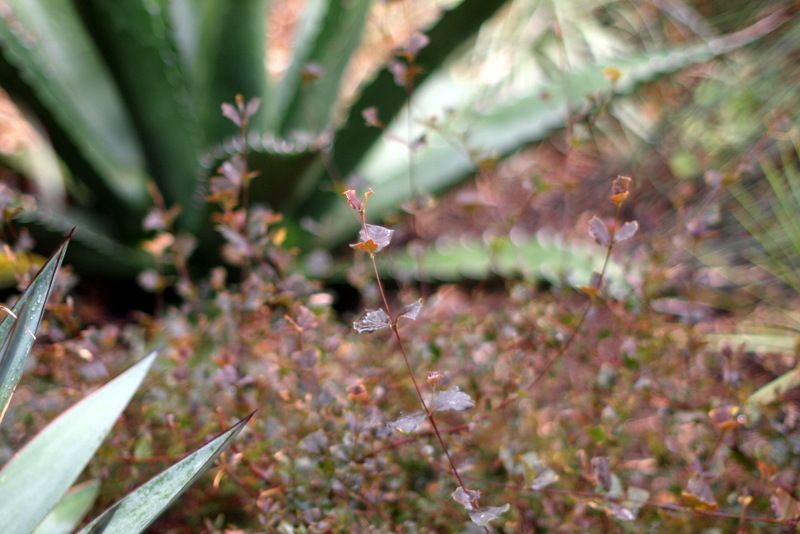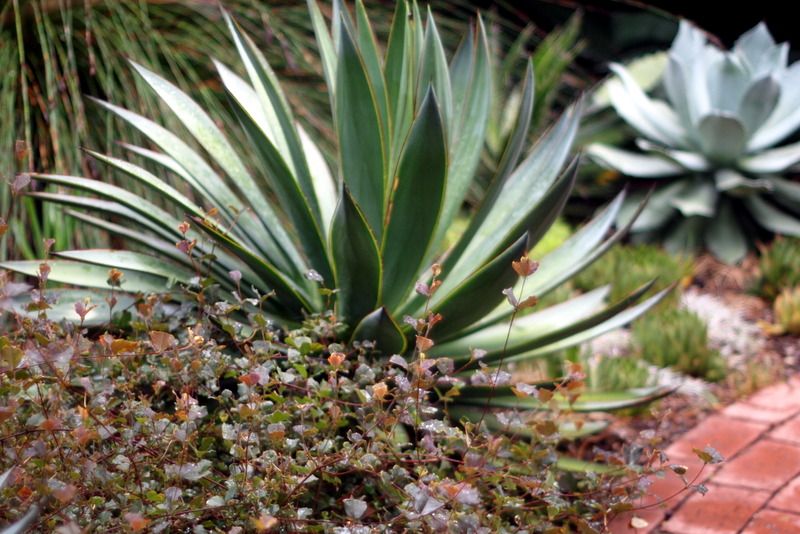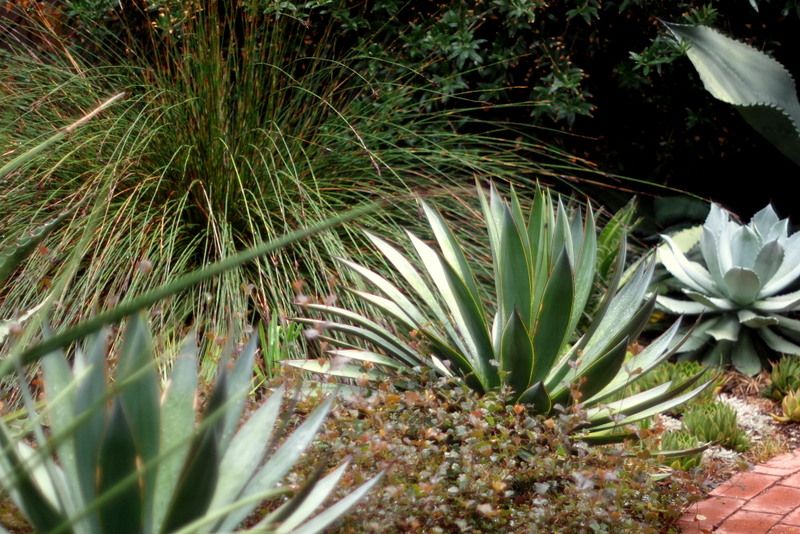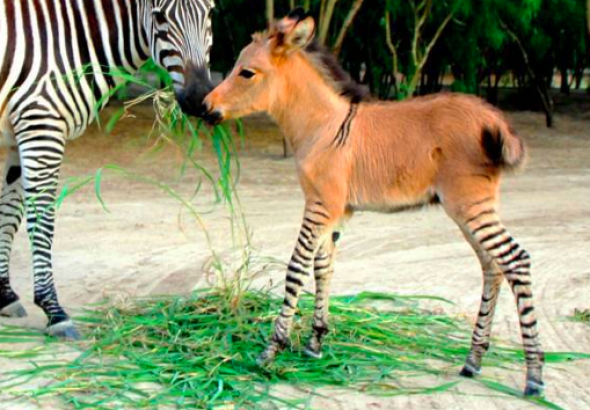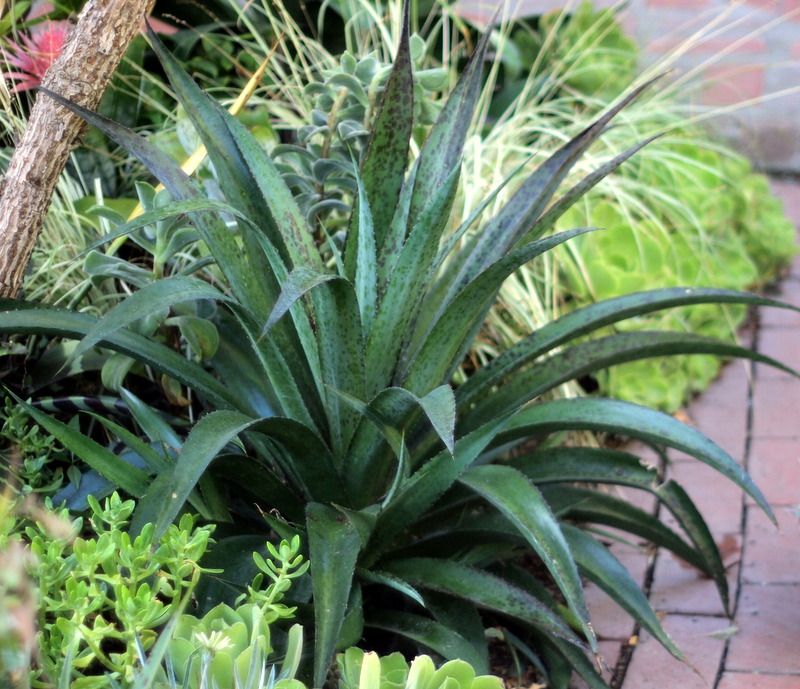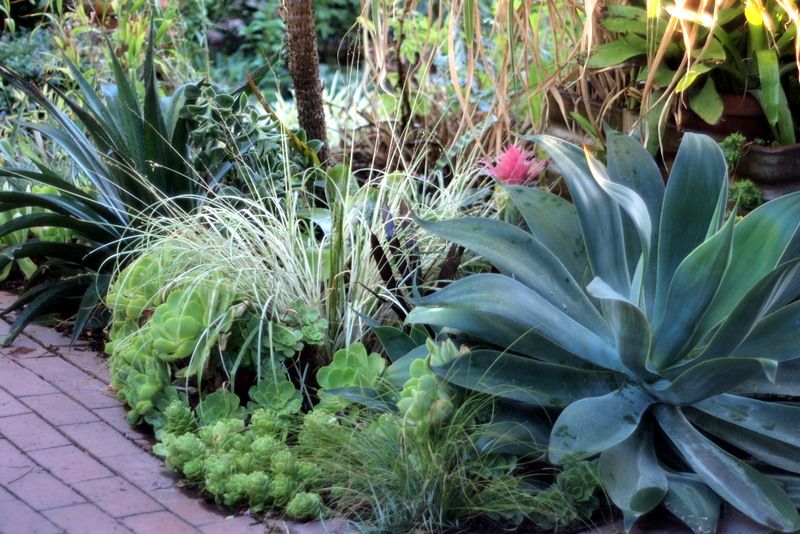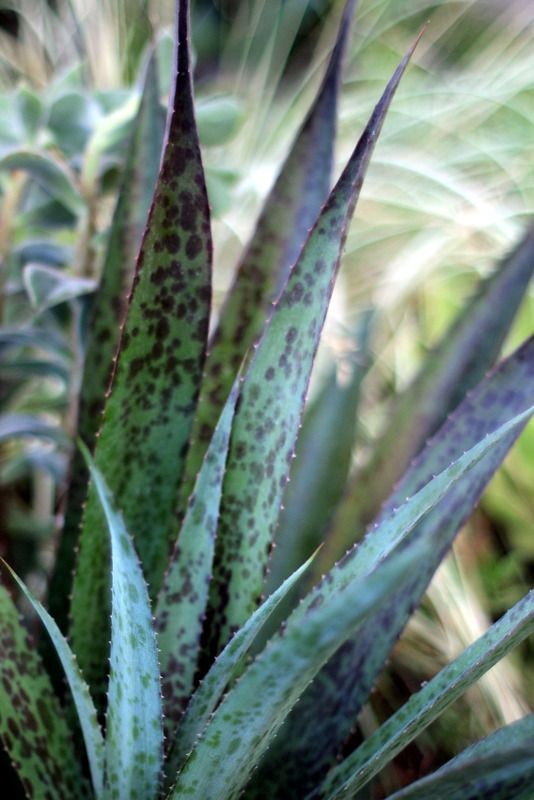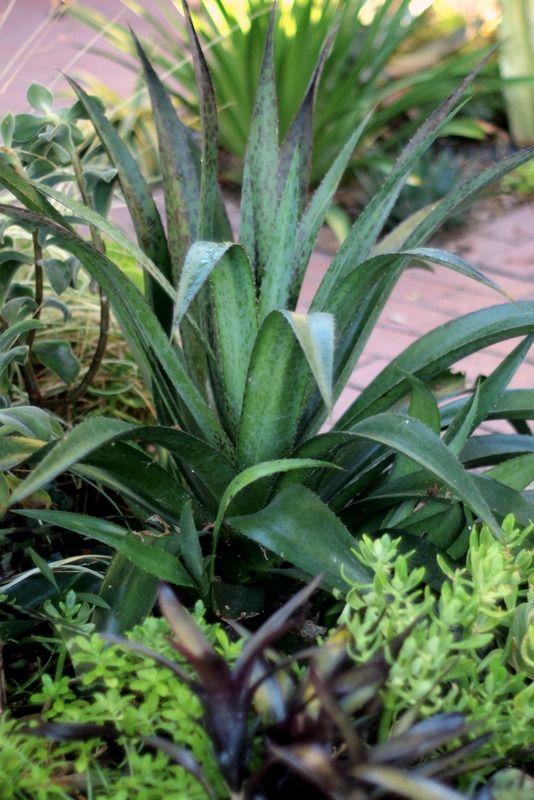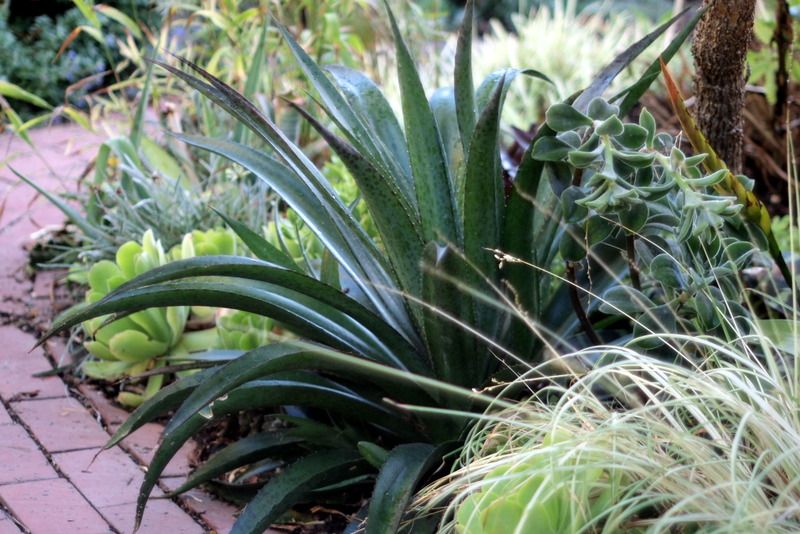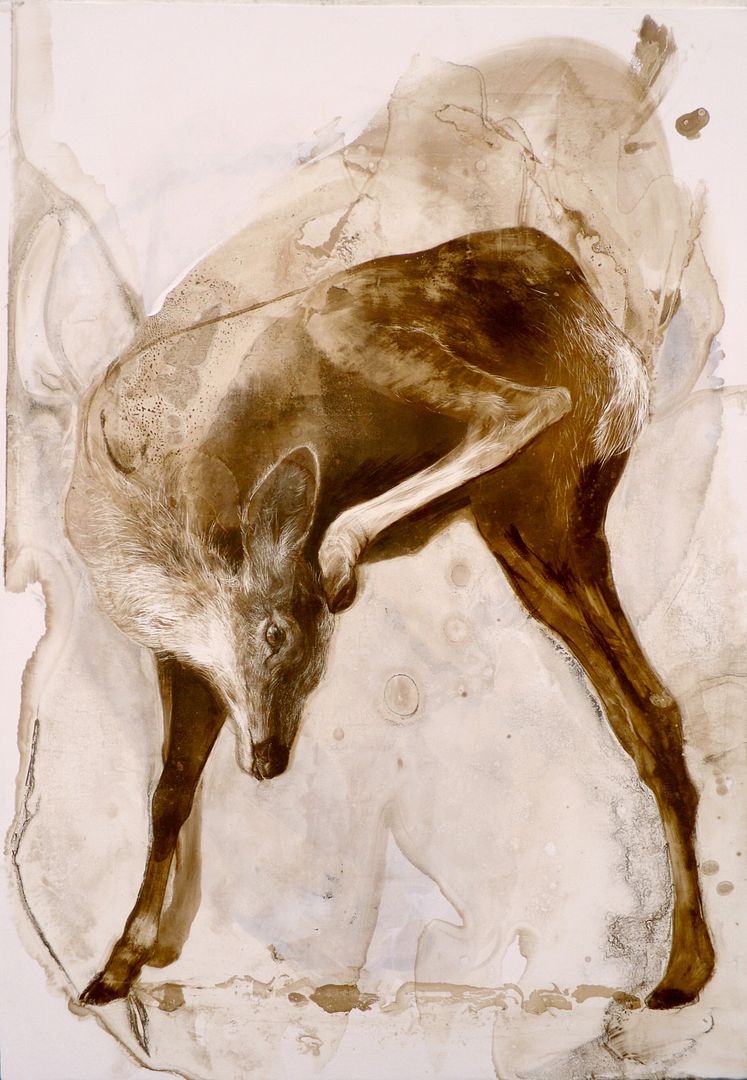
At first sight I became enthralled by artist James Griffith’s exquisite, painterly ripostes to the “drill, baby, drill” set — my words, not his. James is much more polite.
By way of a secret alchemy, he utilizes that precious resource from our local La Brea Tar Pits in a uniquely subversive fashion, to cover canvases with delicate, etching-like portraits of species that don’t get a say in our energy politics, such as the humble and familiar crow, bat, mouse, and deer. His work reminds that all species are stuck in this moment together. I love my little tar bat that was last year’s Christmas present.

James has a new show beginning September 6, 2014, at the Craig Krull Gallery at Bergamot Station, where you can see the latest members of his tar pit menagerie.

James is also co-creator with garden designer Sue Dadd of the Folly Bowl, their own personal outdoor amphitheater in which they host a summer-long series of concerts. This coming Saturday’s concert, August 23rd, is described on their Facebook page for The Folly Bowl. If you go, keep an eye out for one of the biggest Agave franzosinii south of the Ruth Bancroft Garden.

Drawing from the Ware Collection of Blaschka Glass Plants at Harvard. Collection manager Jenny Brown and glass artist Christian Thornton will be two of the lecturers at Natural Discourse this October 18, 2014.
Another date to save: On October 18, 2014, impresario, artist, and garden designer Shirley Watts, is bringing Natural Discourse: Light & Image to the Los Angeles County Arboretum, which promises to be another amazing day of riveting lectures, this time here in our very own backyard. Shirley assembles together for one day the equivalent of a botanical salon filled with some of the most interesting speakers I’ve been privileged to hear. I wrote about them here and here and here — you can do a blog search for other posts too. Richard Turner, former editor of Pacific Horticulture, had this to say of earlier iterations of Natural Discourse:
“The first symposia, held at the UC Berkeley Botanical Garden, were among the very best days I’ve ever spent sitting and listening to others speak.”
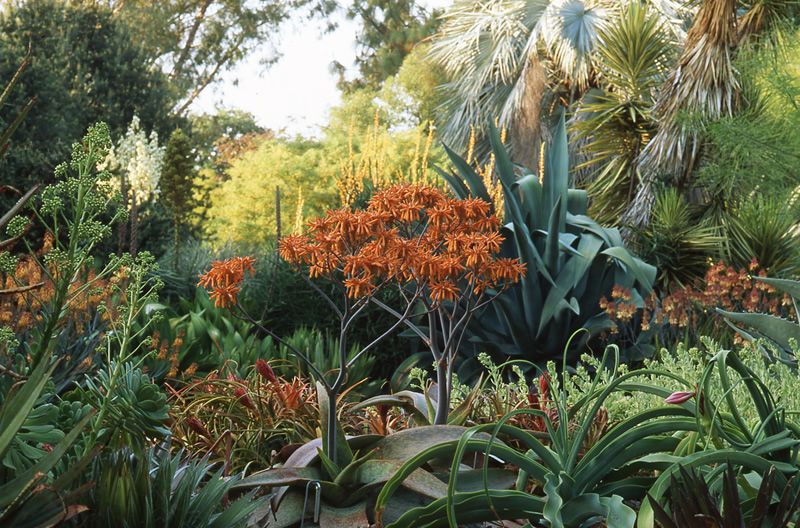
The Ruth Bancroft Garden by Marion Brenner, who will be one of the lecturers at Natural Discourse October 18th, 2014, at Los Angeles County Arboretum & Botanic Garden.
Garden bloggers in particular won’t want to miss a single pearl of wisdom that falls from legendary landscape photographer Marion Brenner’s lips at this upcoming Natural Discourse: Light & Image.
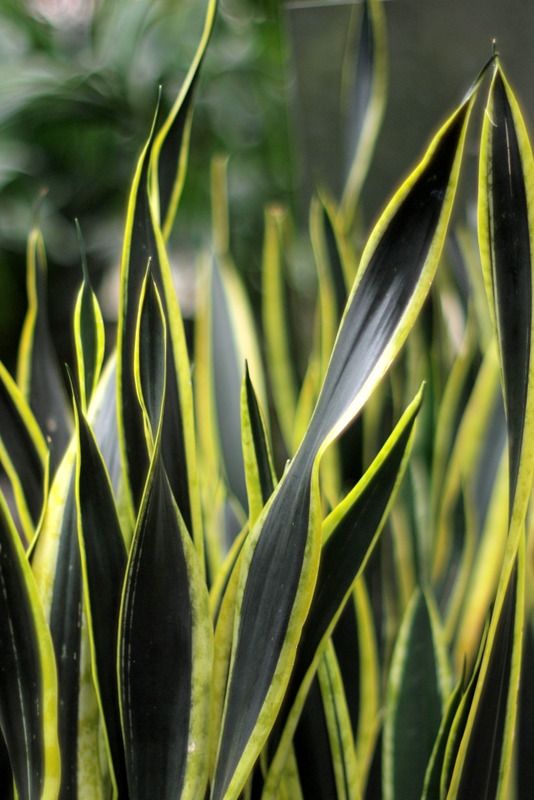
Sansevieria ‘Black Gold’ at California Greenhouses
If anyone is tempted to visit the Orange County nurseries I mentioned here, I hope I caught you before you made the trip. You must add to your itinerary California Greenhouses.
Annette Gutierrez, co-owner of Potted, recommended this one to me, and I checked it out earlier this week. It is worth the trip alone.
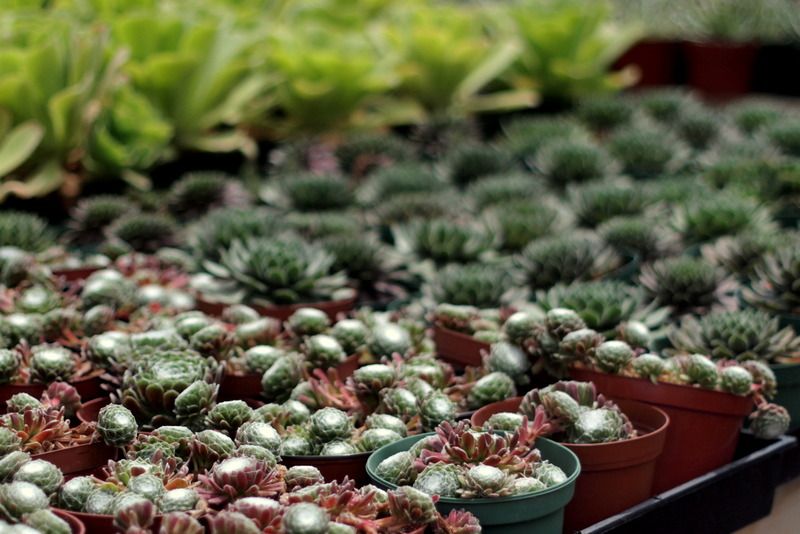
Some nurseries, like sports teams, have a “deep bench,” and California Nurseries has one of the deepest around.
Succulents in all sizes, from enormous dragon trees, tree aloes, and Yucca rostrata, to table after table of all the wee ones we love to stuff in pots, and at nearly wholesale prices.
Fantastic section of houseplants too.
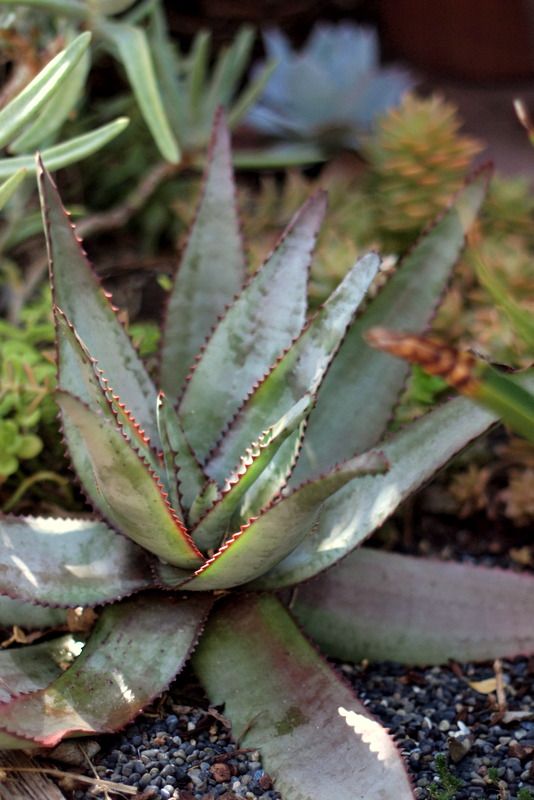
California Greenhouses currently has a couple enormous Aloe capitata var. quartzicola for sale, at least 3-gallon size if not 5.
More than double the size of this Aloe capitata var. quartzicola, photo taken in my garden this June.

Department of Corrections: This is one of the so-called shrub begonias ‘Paul Hernandez,’ and it’s managed to thrive despite my having the blackest thumb a begonia enthusiast can have. I wish Freud had wondered instead what a begonia wants, because I sure as heck don’t know. I’ve made some comments that reference this gunnera-sized begonia as ‘Gene Daniels,’ so I need to correct that. I don’t think I’ve ever grown ‘Gene Daniels,’ but two begonias named after guys — you can see how I made the mistake. Checking the blog, I see that ‘Paul Hernandez’ dates back to 2011 in my garden, the only begonia I’ve grown with that kind of longevity, so we need to keep his identity straight. Good plants need to be rewarded; the next big pot I buy is going to be for Paul. Judging by the mottled color, I think Paul looks a little hungry. Maybe some fish emulsion?
I’ll close with my favorite quote of the week: “‘At the end of the day,’ Dr. Richard wrote in his diary this summer, ‘the plants are still in need of a drink, and so are we.’”
At least I have that in common with the energetic couple restoring a 250-year-old house in southwest France. There were a couple more epigrammatic, Wilde-worthy quotes in The New York Times article and luscious slideshow, “A Blank Slate With Fig Trees,” including success with houseguests requires “to never see them over breakfast.”
Happy weekend!
